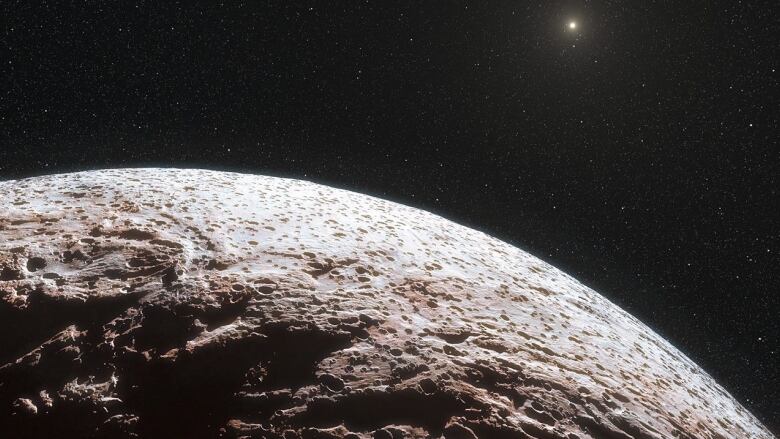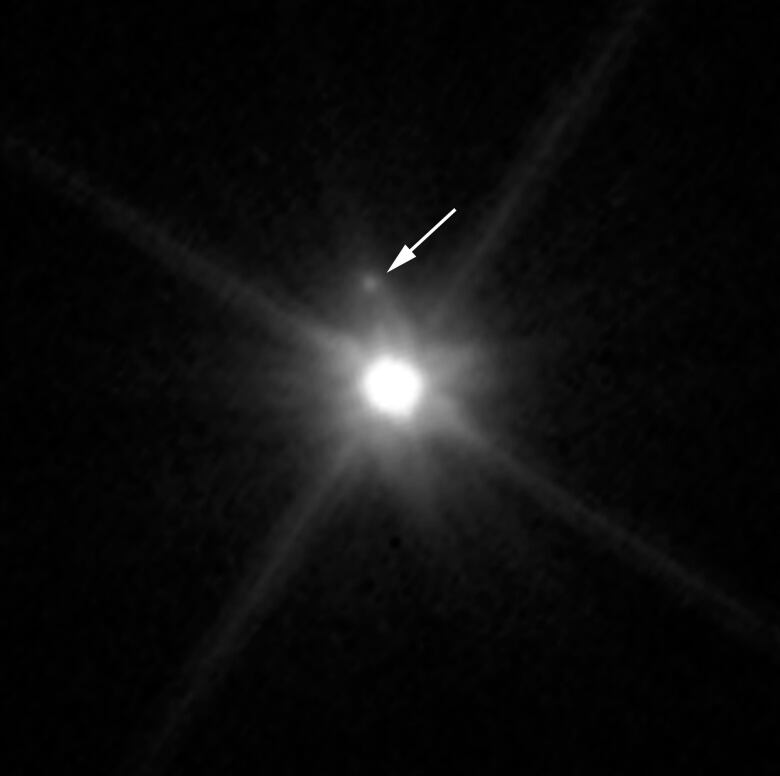Hubble Telescope finds tiny moon orbiting dwarf planet of Makemake
The moon dubbed MK2 is a mere 160 kilometres across

Chalk up a moon for the icy dwarf planet Makemake.
The Hubble Space Telescope has detected a tiny, dark moon circling the dwarf planet on the frozen fringes of our solar system. On Tuesday, scientists announced the discovery by some members of the team that spotted Pluto's smaller moons years ago.
- NASA shows what it's like to orbit the dwarf planet Ceres
- Planet X? 9th planet, beyond Pluto, may exist
- Space rock smashing into Jupiter captured by amateur astronomers
Makemake itself is just 1,400 kilometres wide. Its moon dubbed MK2 is a mere 160 kilometres across and more than 1,300 times fainter with its black surface. Makemake is named after the creation deity in the Rapa Nui mythology of Easter Island.

Scientists said the discovery is further evidence that most dwarf planets way out in the Kuiper Belt well beyond the orbit of Neptune do, indeed, seem to have moons.
MK2 will allow researchers to study Makemake in even greater detail, said Alex Parker of the Southwest Research Institute in Boulder, Colo., who led the image analyses.
"It is a very exciting discovery!" Parker said in an email. "It means that Makemake is no longer the odd-one-out in the moon-hosting Kuiper Belt dwarf planet club, and it means that we can do detailed studies of the mass and density of Makemake that would have been impossible without the moon."
Makemake is second to Pluto in brightness among the dwarf planets known to inhabit the Kuiper Belt.












_(720p).jpg)


 OFFICIAL HD MUSIC VIDEO.jpg)
.jpg)



























































































